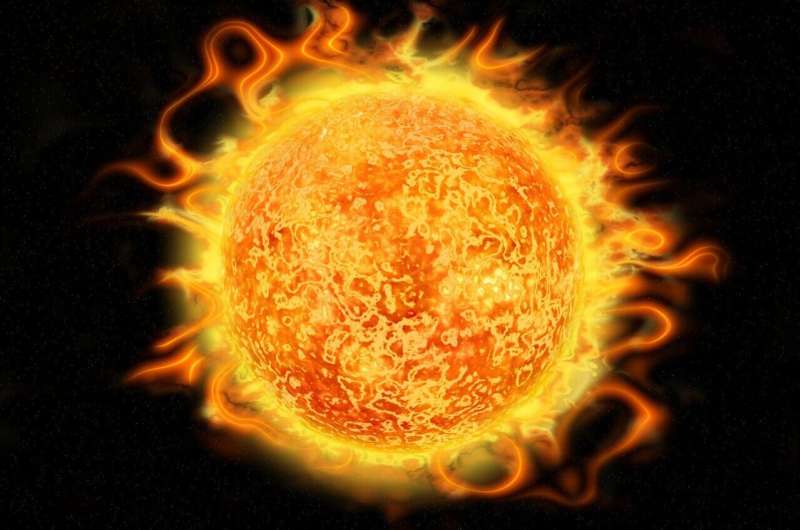Researchers working at China’s tokamak facility have announced that the team was able to hold 120-million-degree Celsius plasma for 1,056 seconds. In their announcement to the press, they noted that their achievement was a new record for holding superheated plasma.

The work is dedicated to the development of fusion as a power source that could replace coal-fired power plants and likely other renewable resource plants as well. The basic idea is to mimic the sun, which produces light and heat through fusion. Vibrating atoms become so excited when heated to high temperatures that their nuclei fuse together. In the sun, the atoms involved are hydrogen. When they fuse together, they form helium-4, an element that is lighter than the original four protons. The difference in mass is emitted as thermal energy, which is released from the sun as light and heat. Scientists have been working for many years to replicate the process in facilities like tokamak. In such facilities, small numbers of atoms are heated to very high temperatures using microwaves, creating plasma, and are kept from burning the donut-shaped facility containing them by holding them in place with magnets and lining the perimeter around them with materials that can sustain very high temperatures, such as carbon.
In the tokamak, tritium and deuterium atoms are heated to very high temperatures—up to the point where they start fusing—approximately 150 million degrees Celsius. But doing so is just one step of the process. For a facility to produce energy on a continuous basis, fusion reactions must be self-sustaining, as is the case with the sun. So teams like those at tokamak facilities have been working to produce increasingly long reaction scenarios.
In their announcement, the team noted that their results show they are steadily moving toward their goals. Early last year, they held a sample of plasma at 120 million degrees Celsius for 101 seconds. They also state that their reactor has been designed to copy the fusion process in the sun as closely as possible; they refer to their facility as an “artificial sun.”


